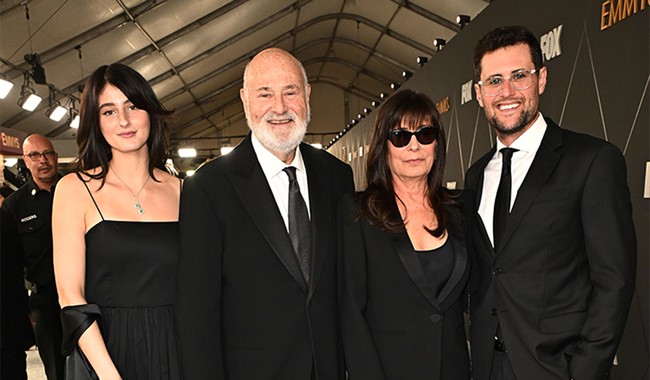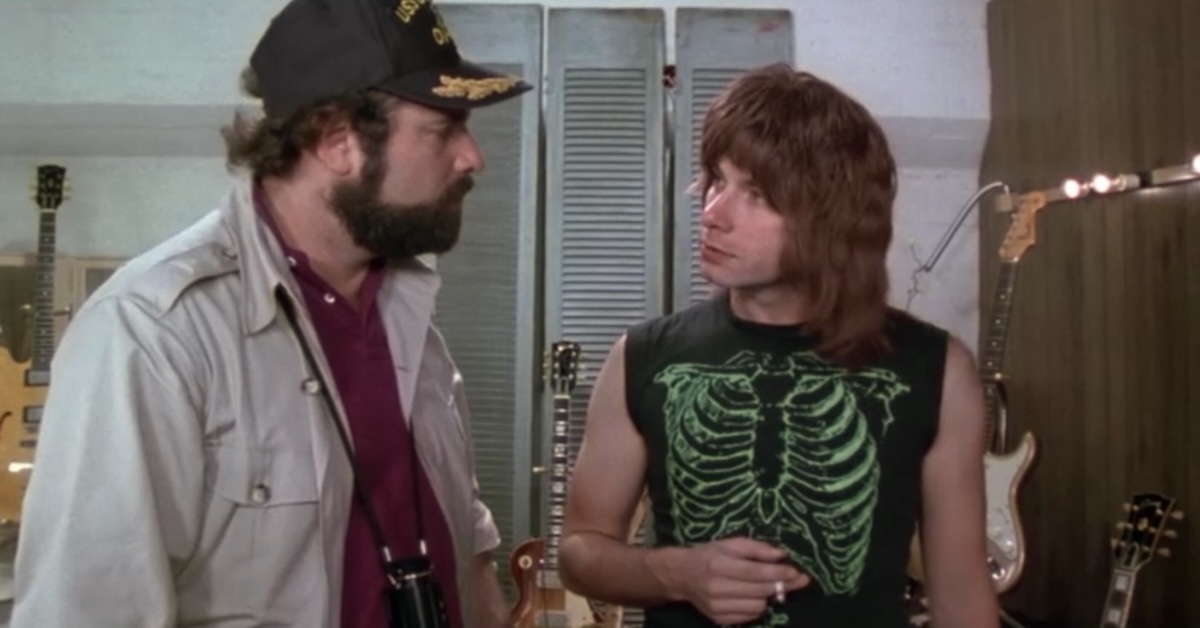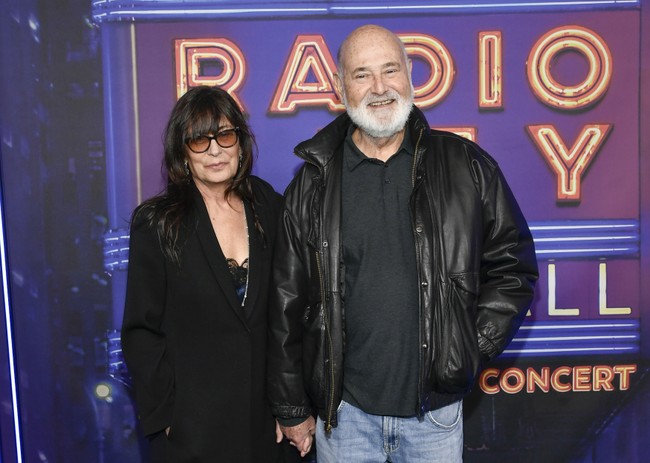
genesiustimes.com
AOC: The mass shooting in Australia didn’t really happen because guns are illegal there
Folks, let’s talk about this supposed “mass shooting” down in Australia yesterday. You know, the one at Bondi Beach during a Hanukkah celebration where reports claim 15 or 16 people were tragically killed by gunmen. My heart goes out to any community facing violence—but we need to apply some basic logic here before we rush to exploit a crisis.
Australia has some of the strictest gun laws on the planet. After the Port Arthur tragedy in 1996, they banned semi-automatic rifles, implemented buybacks, and essentially made civilian gun ownership a relic of the past. Mass shootings? Virtually nonexistent for nearly three decades. Gun violence rates plummeted. It’s the gold standard that we’ve been pointing to for years as proof that common-sense gun control works.
So, how exactly does a “mass shooting” happen in a country where guns are illegal? Simple: it doesn’t. Just like all those school shootings didn’t happen because it’s illegal to bring guns into schools.
This story defies the very laws of progressive physics we’ve established. If guns are banned (or heavily restricted, same difference), shootings with guns can’t occur. It’s like claiming climate change caused a snowstorm—contradictory on its face.
The right-wing media ecosystem is already spinning this as some antisemitic terror attack involving a father-son duo with long guns. But think about it: Where did they get the firearms? Australia doesn’t have a thriving black market or loopholes, right? We’ve been told their system is airtight. No guns means no gun crime. Ergo, this event must be misreported, exaggerated, or—dare I say—staged to undermine the narrative on gun control.
Perhaps it’s crisis actors. Or deepfake videos of panicked beachgoers. Or maybe the “gunshots” were fireworks from the holiday event gone wrong. Explosive devices were mentioned too—sounds more like a botched celebration than anything involving actual firearms.
We can’t let this fabricated tragedy distract from the real epidemic: gun violence here in America, where lax laws allow anyone to arm up like it’s the Wild West. Australia proves that banning guns stops mass shootings cold. If something like this “happened” there, it only shows we need even stronger measures globally.
In the meantime, let’s mourn the victims—if there are any—and demand answers. But more importantly, let’s redouble our efforts to make America more like the Australia we imagine: gun-free and safe.
Solidarity forever.
The post AOC: The mass shooting in Australia didn’t really happen because guns are illegal there appeared first on Genesius Times.
















